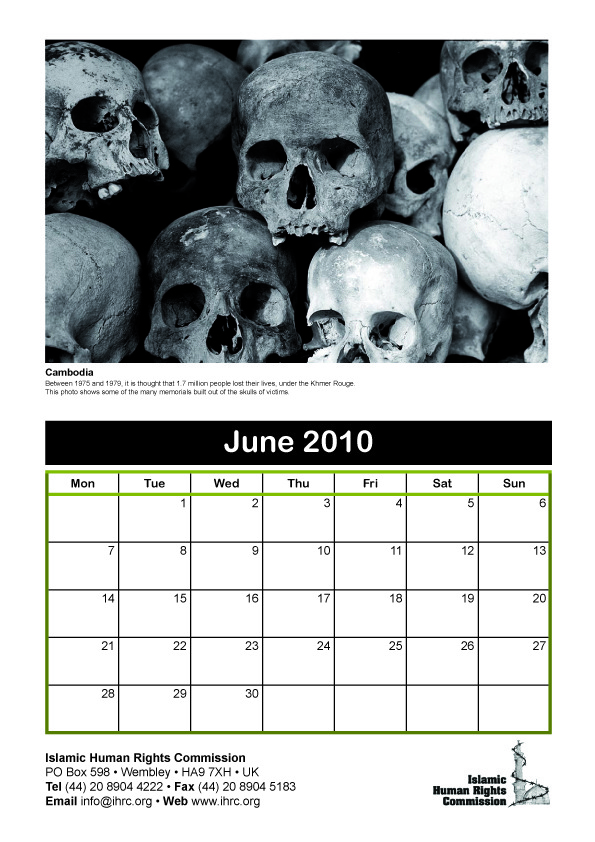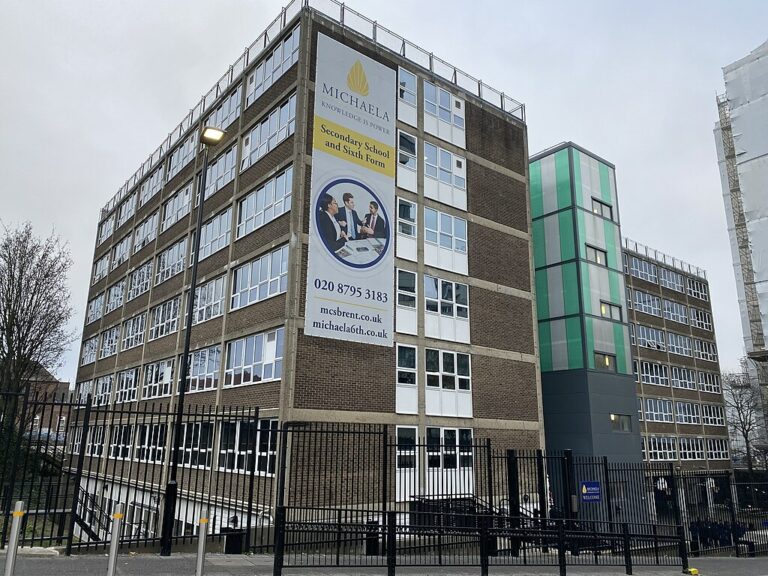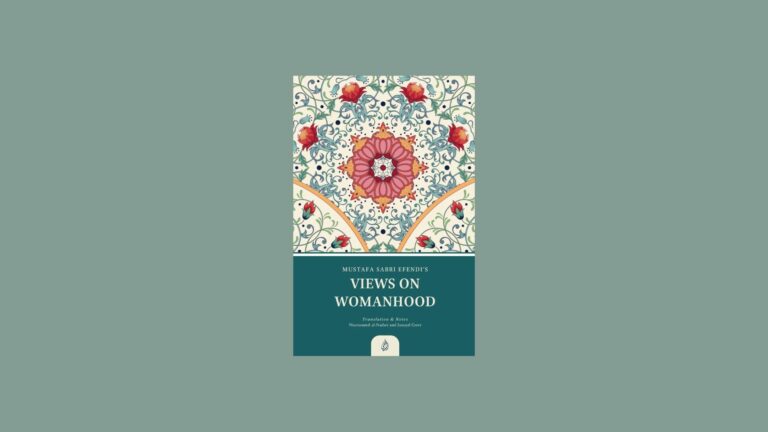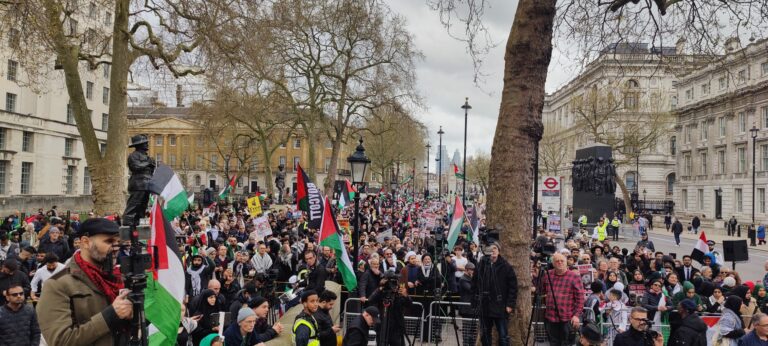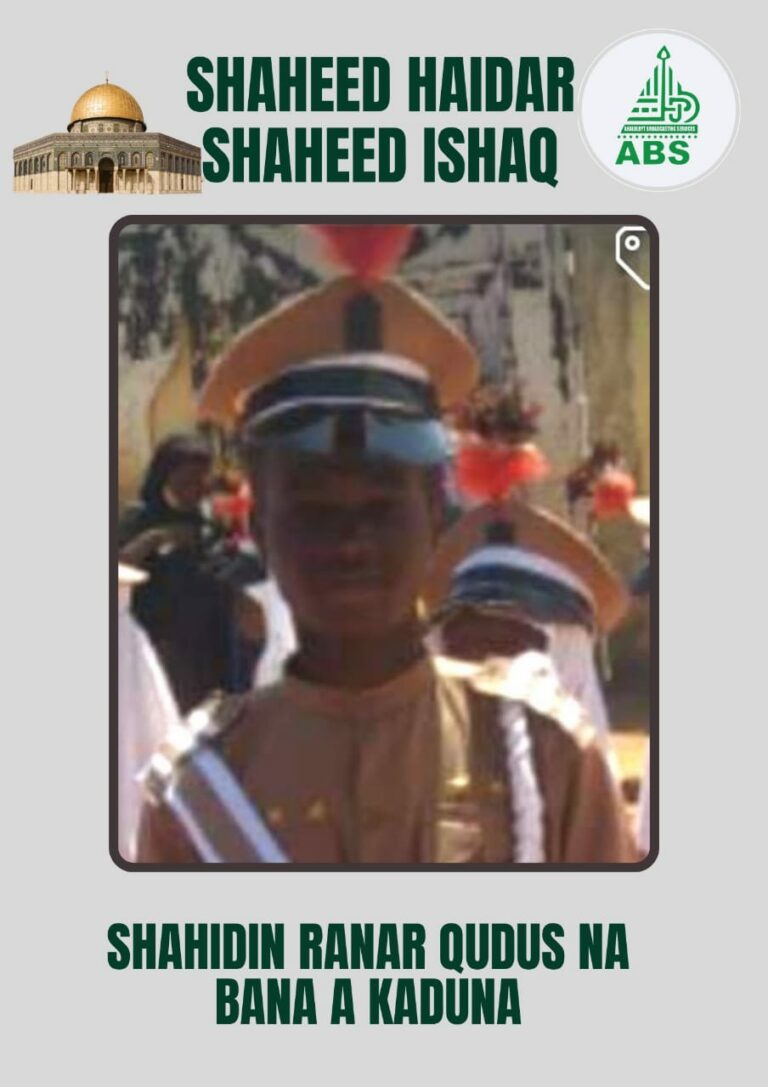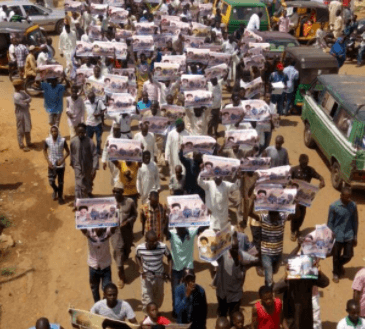In a recent development Kaing Guek Eav the former chief of the notorious Tuol Sleng prison in Cambodia has been sentenced to 35 years of imprisonment. [1]
The country has been through a lot of tumultuous times, especially since becoming a French protectorate in 1863. It was later occupied by the Japanese between 1941 and 1945 and retaken by the French by 1946. A quick glance at the country’s name only is indicative of these changes. Known as ‘Kingdom of Cambodia’ up until 1970 mainly under the monarchy, it later became the ‘Khmer Republic’ under US-backed Lt-Gen Lon Nol from 1970 to 1975, ‘Kampuchea’ from 1975 to 1979 under the communist Khmer Rouge, ‘People’s Republic of Kampuchea’ under the rule of the Vietnamese sponsored government from 1979 to 1989 headed by Heng Samrin, ‘State of Cambodia’ and ‘Kingdom of Cambodia’ under the monarchy again in 1993. From the above, it is the ‘Democratic Kampuchea’ of the ‘Khmer Rouge’ regime that we shall focus on.
The name ‘Khmer Rouge’, was a regime whose origins mutated from a communist revolutionary party to an agrarian socialist totalitarian regime under the later leadership of a few Paris educated Cambodians such as Pol Pot and Ieng Sary. Saloth Sar, better known as Pol Pot, Khmer Rouge’s leader from the 1960’s seems to have had an aim to restore greatness to the Khmer people as it had been in the past some 800 years ago. Instead, Pol Pot engineered a social experiment that went drastically wrong and brought about some 800,000 to 2.5 million deaths through executions, torture, forced labour camps, mass killings and displacement of peoples which also resulted in starvation, disease and malnutrition. (Howar et al, 2000)
Over 1.5 million people lost their lives between 17th April 1975 and January 7th 1979. Almost a quarter of Cambodia’s population died during the Khmer Rouge rule. Most popular figures are that of 1.7 million.
Those most likely to die were adult males, educated individuals and those living in urban areas that were especially targeted. Those aged 15-29 in 1976 now aged 45-59 were more at risk of dying during the genocide period (de Walque 2005). The Khmer Rouge attempted to eradicate organised religion and assimilate minority groups leading to cultural genocide. Buddhist monkhood and Muslim Cham were among those singled out. They considered the Buddhist Monks to be social parasites and forced them to ‘remove their robes’ and work alongside the peasants. Symbols of religion like pagodas were vandalised and pillaged. When talking of the Muslim Cham and other minorities the Khmer Rouge used the term ‘assimilation’ as their goal for them (Howard et al.) Ethnic groups targeted for execution included the ethnic Vietnamese and ethnic Chinese. Some victims were also targeted for political reasons, thus some concluded that Pol Pot combined policide with genocide (Helene Lambert, University of Exeter, reviewing Ben Kiernan’s book on the Pol Pot regime).
In the coverage of the Cambodian genocide, one striking aspect that one comes across is the differing figures of genocide. Research on the statistics and the reasons for this, underline certain issues. Firstly in such circumstances, where there is mass loss of life, due to war or conflict, and in this case genocide, central estimates are often unavailable. As a result census data become the only source upon which the estimates will be made. In the case of Cambodia the last national census was taken in 1962, whereas the genocide took place place between 1975 and 1979.[3]
Besides that we also have the political parties inserting their estimates for propaganda purposes, this kind of estimate is usually too high or too low. Some scholars on the other hand have had strong views about Lon Nol, Khmer Rouge or Samrin regimes, which also have made an impact on their degree of accuracy in estimating the extent of the genocide.[4]
Scholar Michael Vickery has criticized the use of mass grave data to construct estimates of the death toll during the Khmer Rouge regime. Although his criticism predates the Documentation Center’s mass grave mapping project, some of his points may nonetheless apply. Referring to overall estimates of the Khmer Rouge death toll current as of 1984, Vickery argued:
“Given the lack of precision inherent in all the data and estimates, it is impossible to reach more accurate final totals, or to more precisely apportion the decrease [in the Cambodian population] among executions, deaths from illness and hunger, or failure to reproduce due to changed living circumstances. Some of the burial pits discovered provide the evidence that mass executions occurred, but there is as yet no way to count the number of executions separately from death due to other causes. Yathay pointed out that in Pursat in 1976-77 mass graves were for those who died of hunger and illness, while executions took place in isolation in the forest. Moreover, some of the 500,000 war victims are buried in mass graves, and without forensic tests it is probably impossible to determine whether death occurred before or after 1975. A decline of 400,000 does, I would say, indicate failure of the DK system, but some of the more extreme estimates of death from execution and hunger must be relegated to the realm of black propaganda. It is simply impossible to take the generally accepted population figure for April 1975, the population alive today, demographically acceptable birth rates, and project an extermination figure of 1-2,000,000.”
Demographer Marek Sliwinski estimates about 40% of the death toll are due to execution, whilst political scientist Steve Heder, suggests that different proportions of the total death toll could be attributed to execution for urban versus rural dwellers, about 33% among “new people” and 50% among “base people.” Thus the various estimates of the proportion of deaths resulting from execution range from a low of about 30% for the overall population to a high of 50% among base people.
If these figures are correct it can be concluded that as many as 3.3 million deaths occurred during the Khmer Rouge regime.[5]
The leading perpetrator responsible for the genocide is Pol Pot and his Khmer Rouge regime between 1975 and 1979.[6] Though he was born a peasant, family connections allowed him to study abroad. There he found himself ideologically inspired by communist cells, which followed an anti colonial agenda. This made him to take up communism as an ideology.
He rose to lead the Communist party of Kampuchea (CPK) in 1963, and to him and his party lies the responsibility of the death of over 1.5 million people in Cambodia. Under the auspices of his leadership the Khmer Rouge endeavoured upon a programme of reform for Cambodia. Within days of overthrowing the government, the Khmer Rouge began forcing people to leave the towns and the cities. The ill, disabled, women and children, everyone regardless of their physical state, had to leave. Anyone who did not obey, or did not leave fast enough was killed.
In an interview conducted by Nate Thayer, an American correspondent for the New York Times weekly magazine Pol Pot the leader perpetrator speaks of his clear conscience:
“I came to carry out the struggle, not to kill people… Even now and you can look at me: am I a savage person? My conscience is clear.”
Admitting the ordering of the killing of political opponents, he says: ”We had no other choice… Naturally we had to defend ourselves.”[7]
Comrade Duch (Kaing Guek Eav) a former prison warden, nicknamed Brother Number Two was in charge of the Tuol Seng interrogation centre in the Cambodian capital Phnom Phen a place where many thousands of people were tortured to death claiming that he had acted under orders. Unlike other members, it is said that he has cooperated with investigating judges and was expected to give important information about the decisions of the Khmer Rouge leadership. [8]
Another notable senior member of the Khmer Rouge was Ieng Sary, nicknamed Brother Number Three. He was a member of the Standing Committee of the Communist Party of Kampuchea and, a deputy Prime Minister and Minister of Foreign Affairs of Democratic Kampuchea between 1975 and 1978. He achieved a government scholarship to study in France in 1950. There alongside Pol Pot he took up communism. As a leading member of the Kampuchean government, and the only contact with the outside world, he is known to be responsible for the torture and execution of many educated Cambodians.
In pursuit of the official agenda of purging the intellectuals by the Khmer Rouge, Ieng Sary is responsible for encouraging many educated Cambodians, who had fled the horrors of Khmer Rouge to come back. [9] Unaware of the deceitful nature of this invitation, many came back, only to find themselves upon return, in the horrific torture chambers of Khmer Rouge and ultimately killed. [10]
Another key member charged with war crimes and crimes against humanity is Nuon Chea seen as the chief ideologue of the movement, second in command to Pol Pot. He left the party in 1998 and was granted a pardon from the Cambodian Prime Minister Hun Sen. He denied being involved in any of the atrocities, however in the least he knew that the atrocities were taking place. [11]
A founding member of the Khmer Rouge, Ieng Thirith, was also charged, she being the most powerful woman in the Khmer Rouge Regime. She was also connected to Pol Pot as her sister was married to him. She is alleged to have known about the tens of thousands of people who were dying of starvation and disease on brutal collective farms but did nothing to prevent it. She has denied all allegations.[12]
The Khmer Rouge’s official head of state was also arrested , Khieu Samphan, who also stepped down from his post at the same time as Nuon Chea. He was alleged to have “aided and abetted” in crimes that included murder, extermination, imprisonment, persecution on political grounds as well as other inhumane acts.
Paranoia of spies and conspiracies can be considered as one of the reasons behind the killings. Pol Pot saw modernity and westernisation as evil and was adamant in wiping out all traces from the French colonial era. Instead he wanted a free Cambodia built on a new Agrarian system.[13]
A report conducted by Damien de Waque for the World Bank Development Research Group in 2005, has analyzed in detail the Social-demographic effects on Cambodian society as a result of the Khmer Rouge regime. The report focused on mortality, marriage, fertility, health, education, population and work force as indicators of the impact on society of the Khmer Rouge regime. In summary, De Waque found that:
- Fertility and marriage were affected by forced relocation, mortality and violence.
- Famine reduced fertility due to malnutrition and spontaneous abortions were caused by the relocation. He concludes that very few children were born during the era of the Khmer Rouge but a ‘baby boom’ followed in the early 80’s in Cambodia.
- Marriage did not decrease as a result of mortality, meaning that there were more unmarried women left behind. Rather women married younger men and thus the age gap between married couples decreased.
- The regime disabled most of the education system leaving some primary schools, teaching only basic education such as ‘political education’ and agricultural skills. The number of teachers was reduced to only a few hundred teachers for the whole country. No secondary schools were in operation and as a result lesser educated males were left after 1979, resulting in the average educational attainment of men and women being similar. Even later many children could not attend secondary school having missed out on their primary education.
- Disabilities were also more common among men than women for those aged 30 in 2000 because of the men’s greater exposure to landmines and other weapons such as bombs.
- Poor nutrition during the period may also have caused children and adolescents to have stunted growth problems.
Since the end of the Khmer Rouge atrocities, closure of the whole incident has been the goal of those seeking justice, by bringing those responsible to account for their crimes. In 1979 a special tribunal was held in Phnom Penh, organised by the Vietnamese backed Cambodian government of the time, in which Pol Pot and Ieng Sary were convicted. This trial is often dismissed as a show trial due to shortcomings in the defendants counsel and the unconventional definition of genocide adopted which was not consonant with Article II of the 1948 Genocide Convention definition, which restricts the concept of genocide to physical genocide. There have been calls for expanding the scope of the 1948 convention to include among other things ‘cultural genocide’, which the Khmer Rouge could legitimately be called to account for considering the evidence. However international law adheres strictly to the 1948 definition. While there is evidence that the Khmer Rouge have been guilty of war crimes, crimes against humanity and even ‘cultural genocide’ as demonstrated by their treatment of Buddhist Monks and the Muslim Cham, due to the 1948 definition of genocide it would be almost impossible to convict Khmer Rouge leaders for such a crime. This issue of definitions is an important one in that if it is used unconventionally many of those who may be guilty of atrocities may go free. However as the term genocide has much more political clout, many of the those who have been the victims of atrocities push to have their experiences labelled as genocide as it automatically generates attention and serious action which other types of atrocities fail to receive. However, despite Khmer Rouge atrocities not meeting the 1948 legal definition of genocide, it has not stopped the term ‘Cambodian Genocide’ entering into most discourse about the Khmer Rouge era, which includes the terms included in US legislation and UN General Assembly resolutions.
In 1994 a think tank named the ‘Cambodian Genocide Programme’ (CGP) at Yale University was set up.[14] This was possible only after the US economic and diplomatic embargo of Cambodia was lifted and the ‘Cambodian Genocide Justice Act’ was passed in the US. The CGP secured significant funds and began the painstaking work of documenting the atrocities that took place in Cambodia under the Khmer Rouge via its ‘Documentation Center of Cambodia’ (DC-Cam) established in 1995. The CGP’s aims were to collect, study and preserve extant information from the Khmer Rouge period, make available this evidence to any court aiming to prosecute perpetrators of war crimes during the Khmer Rouge period and generating an understanding of genocide in order to help prevent such things happening in future.
After the investigation by the Group of Experts, the UN began to negotiate with the Cambodian government on the nature of such a court and both parties agreed that the courts would restrict its focus to senior members of the Khmer Rouge and would allow significant international participation in the new courts. However, due to UN concerns on legal representation, disagreements over amnesties and the high standards of justice called for by human rights organisations, the UN eventually withdrew from the process in February 2002. Fortunately in November 2002 the UN General assembly voted to resume negotiations with the Cambodian government to set up trials and renewed their involvement after a resolution from the UN Third committee. In March 2003 the UN signed an agreement with Cambodia to establish a tribunal to bring senior Khmer Rouge leaders to justice. In December 2007, 5 Khmer Rouge members were charged and jailed for ‘crimes against humanity’ and ‘war crimes’.
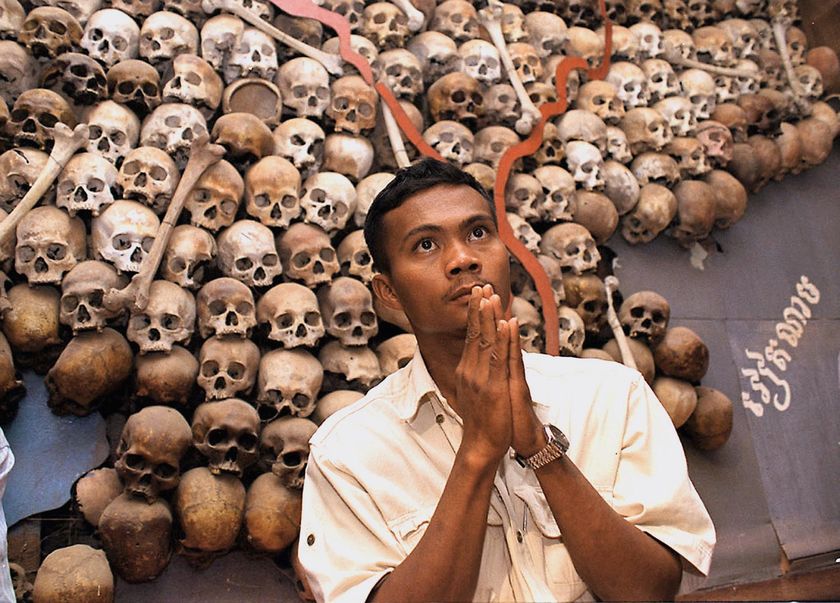
________________________________________
[3] statistics of democide:
Genocide and Mass Murder Since 1900, By R.J. Rummel, Center for National Security Law,
School of Law, University of Virginia, 1997; and Transaction Publishers, Rutgers University
http://www.hawaii.edu/powerkills/SOD.CHAP4.HTM9
[4] Ibid
[5] Mapping Project 1999: The Analysis, By: Craig Etcheson http://www.mekong.net/cambodia/toll.htm
[6] Peace Pledge Union http://www.ppu.org.uk/genocide/g_cambodia1.html
[7]In an Interview, Pol Pot Declares His Conscience Is Clear, By SETH MYDANS Published: October 23, 1997, the New York Times. http://www.nytimes.com/1997/10/23/world/in-an-interview-pol-pot-declares-his-conscience-is-clear.html?pagewanted=1
[8]Khmer Rouge leaders facing trial http://news.bbc.co.uk/1/hi/2856771.stm#top
[9] Ibid
[10] http://news.bbc.co.uk/1/hi/world/asia-pacific/7090052.stm
[11] http://news.bbc.co.uk/1/hi/2856771.stm#top
[12] http://news.bbc.co.uk/1/hi/2856771.stm#top
[13] Pol Pot: Secret Killer, http://www.youtube.com/watch?v=1zgkkmOnwoE
[14] http://www.yale.edu/cgp/
More links:
http://news.bbc.co.uk/1/hi/2856771.stm#sary
http://www.seasite.niu.edu/khmer/ledgerwood/biographies.htm
http://news.bbc.co.uk/1/hi/programmes/from_our_own_correspondent/81048.stm
http://books.google.co.uk/books?id=lu6Mj0A7CpYC&printsec=frontcover&dq=ieng+sary+trial&source=bl&ots=sJFRjfRl_J&sig=_Pt83Dt2l81CqfdLz175HC3qUBo&hl=en&ei=nIP-S77zHYWM0gTHjojkDQ&sa=X&oi=book_result&ct=result&resnum=8&ved=0CDcQ6AEwBw#v=onepage&q&f=false
http://www.ppu.org.uk/genocide/g_cambodia4.html
http://www.reuters.com/article/idUSTRE5BK17H20091221
{jathumbnail off}

